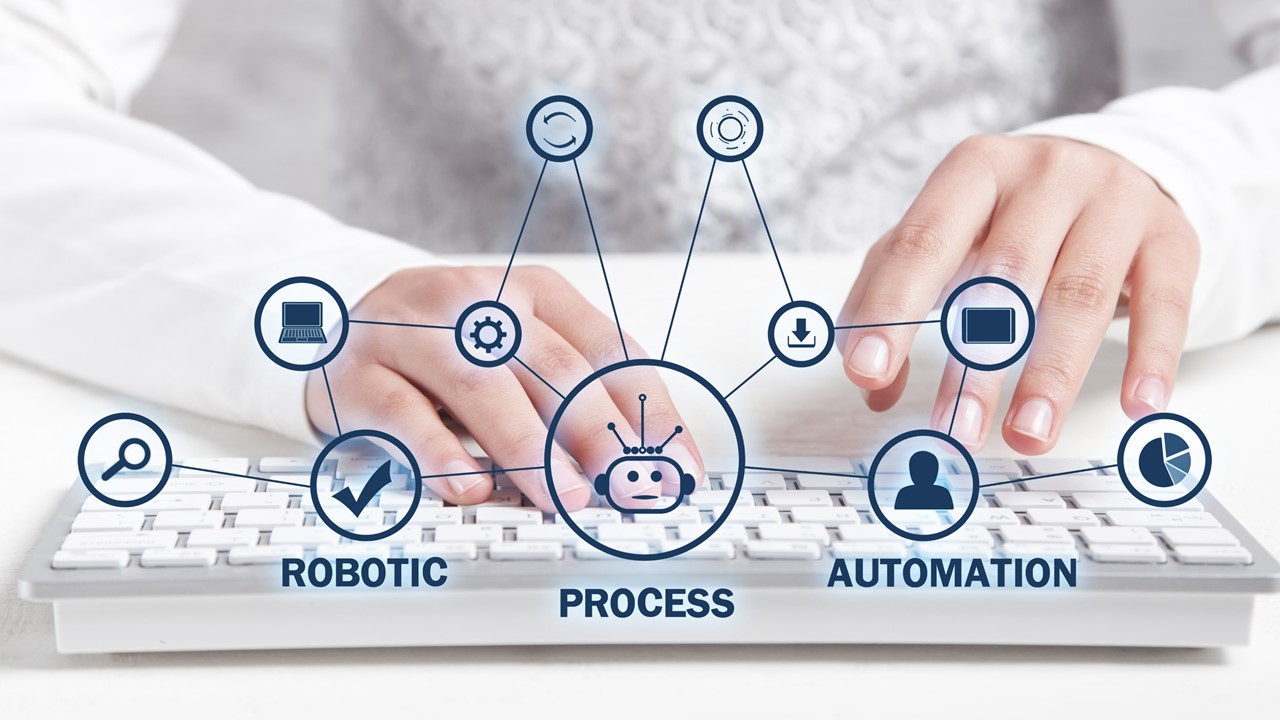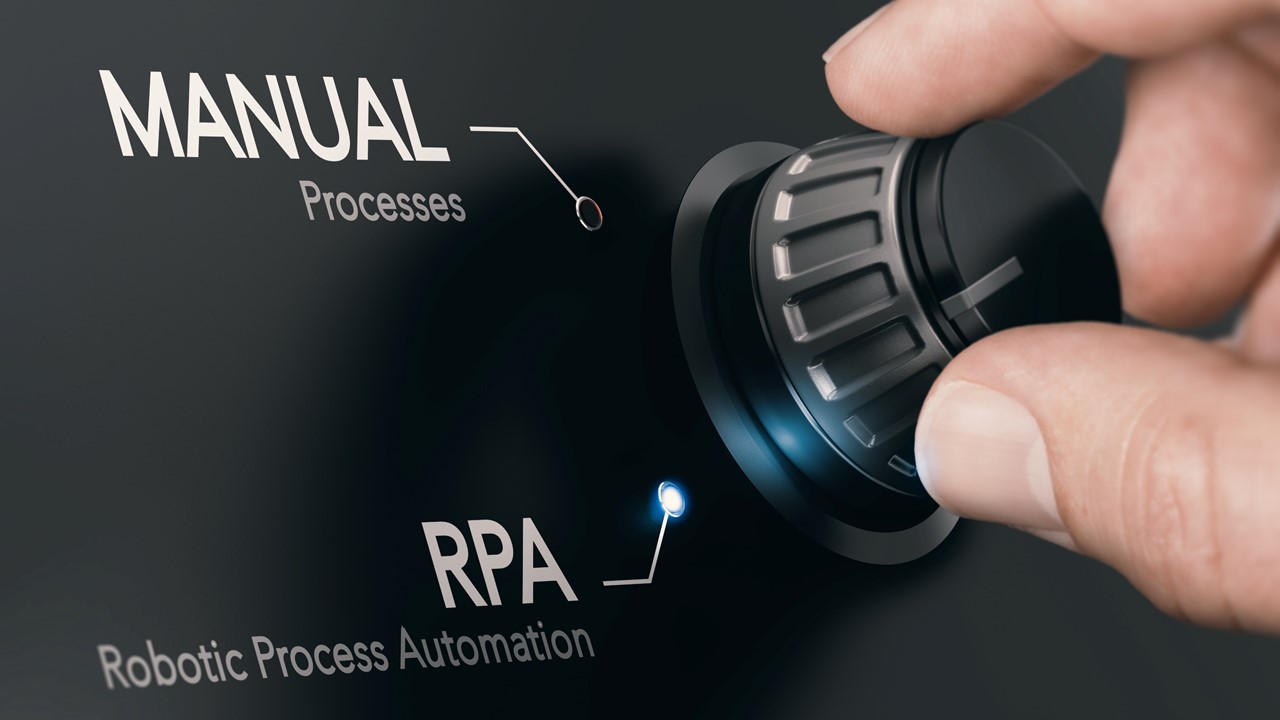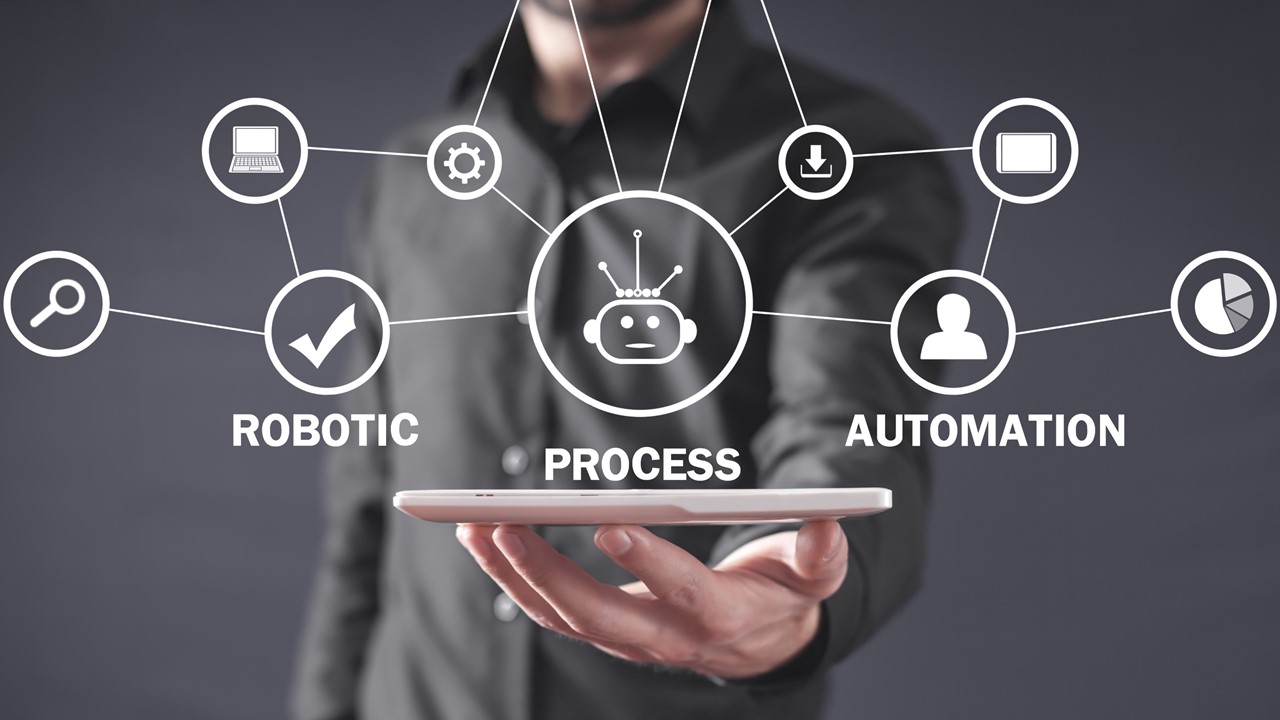UiPath is a leading provider of Robotic Process Automation (RPA) software, which helps automate routine tasks by mimicking the actions of a human being. The UiPath framework is a set of guidelines and best practices for building automation workflows in UiPath Studio, the software development environment for creating RPA solutions. The framework includes several key […]
Continue Reading
Robotic Process Automation (RPA) is a type of software that automates repetitive, rules-based tasks, typically performed by white-collar workers. The impact of RPA on white-collar jobs is complex and multifaceted, and it depends on a variety of factors, including the specific industry, the job function, and the level of automation involved. Here are some potential […]
Continue Reading
Adding logic to software robots involves defining the sequence of steps or actions that the robot should take to achieve a particular task or goal. Here are the general steps you can follow to add logic to software robots: Define the task or goal: Clearly define the task or goal that the software robot is […]
Continue Reading
A cognitive bot, also known as a cognitive computing bot, is an artificial intelligence program designed to simulate human thought processes. Unlike traditional bots that follow predetermined rules, cognitive bots use advanced algorithms, machine learning techniques, and natural language processing to understand and respond to user requests in a more intuitive and conversational manner. Cognitive […]
Continue Reading
Robotic Process Automation (RPA) has been gaining traction in the IT sector for its ability to automate repetitive and manual tasks. RPA technology uses software bots or digital workers to mimic human actions in a software application or system. In the IT sector, RPA is used for tasks such as data entry, data extraction, report […]
Continue Reading
Robotic Process Automation (RPA) is becoming increasingly popular in the field of Human Resources (HR) because it can automate repetitive, time-consuming, and error-prone tasks, freeing up HR staff to focus on more strategic and high-value activities. One example of RPA in HR is automating the employee onboarding process. Here’s how it might work: Application review: […]
Continue Reading
One example of a successful implementation of RPA is in the insurance industry, where companies are using RPA tools to automate their claims processing procedures. One such case study involves a major U.S. insurance company that was struggling with a high volume of claims and a long processing time, which was resulting in frustrated customers […]
Continue Reading
Robotic Process Automation (RPA) tools are software programs that can automate routine, repetitive, and rule-based tasks that are traditionally performed by humans. Here are some common uses of RPA tools: Data entry: RPA tools can automate the entry of data from one system to another, reducing errors and improving efficiency. Invoice processing: RPA tools can […]
Continue Reading
Creating a fully functioning social network site with Flask requires a good understanding of web development concepts and Flask framework. Here are some tips to get started: Plan your website’s features and functionalities: Determine what features you want to include in your social network site, such as user registration, user profiles, news feed, messaging, commenting, […]
Continue Reading
here is an industry case study that demonstrates the use of REST API: Case Study: Stripe Payments Stripe is a popular payment processing company that offers REST API for developers to integrate their payment services into their applications. With Stripe API, developers can accept payments, manage subscriptions, and handle refunds and disputes, among other things. […]
Continue Reading
A database is an organized collection of data that is stored and managed using a computer system. It is designed to make it easy to access, manage, and update large amounts of data in a structured way. Databases can be used to store a wide variety of information, such as customer data, financial records, product […]
Continue Reading
As an AI language model, ChatGPT is already a powerful tool that can be used for a wide range of tasks, including natural language processing, question answering, language translation, and more. However, if you want to build a more specialized AI system using ChatGPT, here are some steps you can follow: Define your problem: Start […]
Continue Reading
Supervised and unsupervised learning are two common types of training methods used in artificial intelligence (AI). Supervised learning involves training an AI model on a labeled dataset, where the output (or label) is known for each input. On the other hand, unsupervised learning involves training an AI model on an unlabeled dataset, where the output […]
Continue Reading
Generative models are a class of machine learning models that are designed to generate new data that is similar to the training data they were trained on. These models learn the underlying probability distribution of the training data and use it to generate new samples that are similar to the original data. One example of […]
Continue Reading